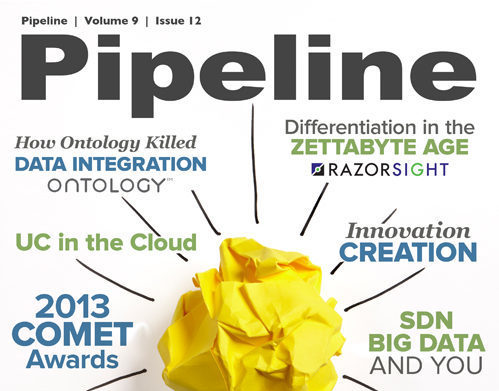[Fatin Kwasny pitched this story to Pipeline Magazine and ghostwrote this article on behalf of the Shango Chief Operations Officer to position Shango as a UC in the cloud solution provider and thought leader, while she was head of marketing at the company].
The age-old difficulty of achieving seamless fulfillment of IP enabled unified communications (UC) products down channel is commonly caused by the inability of communications service providers to holistically source services from their underlying supply chain of providers. In fact, the situation is only made worse when CSPs realize that doing business and expanding service portfolios means they must endure new wholesale-supplier agreements; establish new processes to tie together order management, billing and operational support systems (OSS); and ensure that new services and features are successfully enabled.
Whether it’s a wholesale service provider simply trying to unify existing product sets or an internet telephony service provider (ITSP) that wants to source wholesale phone numbers or features to tie together new applications, to say nothing of the constant need to streamline fulfillment down channel in order to meet growing demands from enterprise customers for a single-source vendor that delivers truly unified communications services, CSPs are constantly looking for ways to automate and integrate their sourcing processes from the aforementioned supply chain.
And given that high-value communications services are typically combinations of assets, applications and access from multiple trading partners that must come together to form the final product, the automation of pricing, activation and porting processes and their subsequent integration on an individual, point-to-point OSS platform becomes all the more difficult.
Faced with traditional network-infrastructure complexities that typically plague wholesale supply-chain and distribution processes, and various OSS/BSS (business support systems) and activation systems that require support on the back end, CSPs can often feel constrained in their attempts to grow, and their struggle to maintain even the status quo can make them feel like their only alternative is to maintain legacy trade relationships and manually tend to existing multitenancy workflows for the sake of their various trading partners.
CSPs that want to increase operational efficiency must confront the reality that establishing new business and operational processes—or, at best, developing or augmenting new application programming interfaces (APIs) for automation that may or may not be available from legacy-carrier suppliers—can halt the ambitions of even the most forward-thinking companies, the ones that seek to consolidate their services, grow their
network of suppliers or proactively serve new, emerging markets that call for new types of applications.
Today CSPs are being offered solutions that attempt to automate the processes of supplier, vendor and customer procurement and fulfillment, but they require customized or mass integration of billing and OSS, and many system integration deployments can additionally require the augmentation of a CSP’s network dependencies due to the possibility of many different network elements.
When placing or fulfilling inventory orders for wholesale applications like phone numbers, many CSPs must choose between traditional communications tools and web-based tools such as file-transfer programs that charge a fee based on usage or file size, while other CSPs depend on email… [READ ENTIRE ARTICLE]




